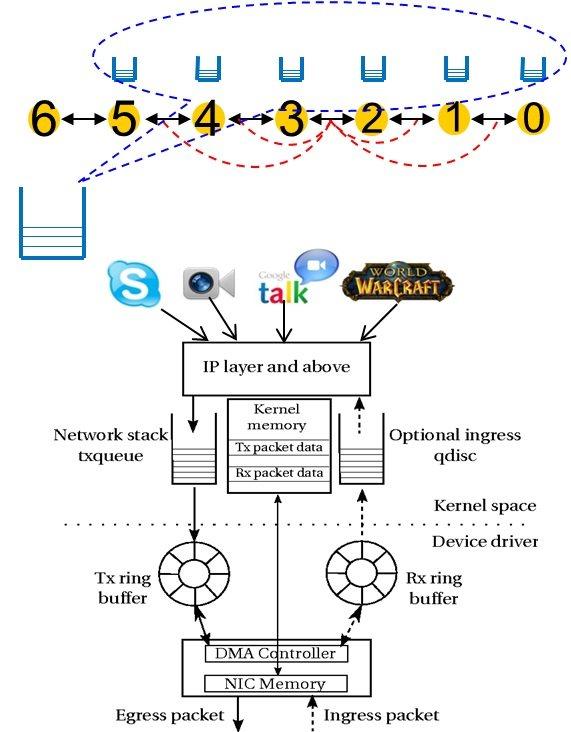Prof. Basem Shihada and his previous research scientist Kamran Jamshaid obtained a US Patent for their technology on optimizing buffer sizing for multi-hop networks. This patent technology improves wireless mesh network (WMN) performance (speed, fewer errors) for those networks based upon CSMA/CA radio platforms (WiFi, Ethernet) by optimizing memory allocation across multi-node, multichannel flows. TCP was optimized for wired networks where most packet losses are due to buffer overflows in the routers. This assumption is simply not true in WMNs where most losses are due to poor wireless links, medium access contention, and user mobility. The invention sizes the distributed neighborhood buffer (mesh access points linked together) just large enough to saturate the capacity of the bottleneck spectrum resource without increasing packet delay. The technology has been benchmarked for WMNs that use IEEE 802-11 radios (802.11 a/b/g/n) for their wireless multi-hop links. Some of the key features are being compatible with the large installed base of standard networking protocols including TCP/IP, VoIP and hardware and alleviates buffer "hogs" such as 'heavy' streaming video and audio which can incapacitate WMNs for time-critical applications such as VoIP.


